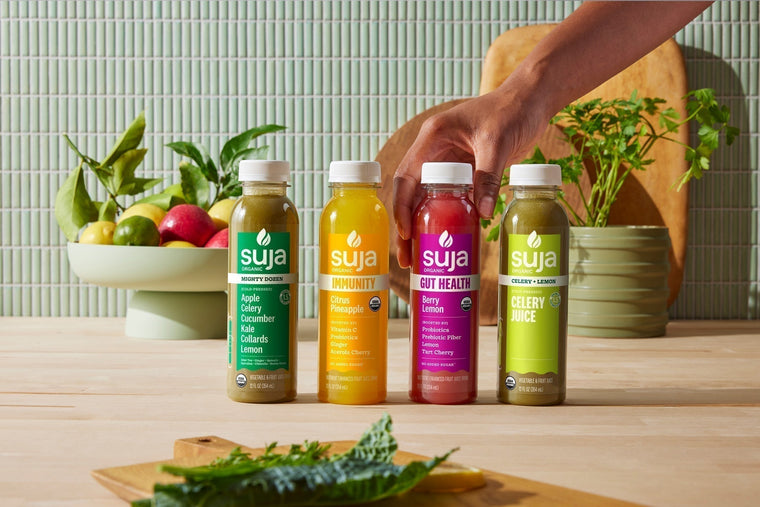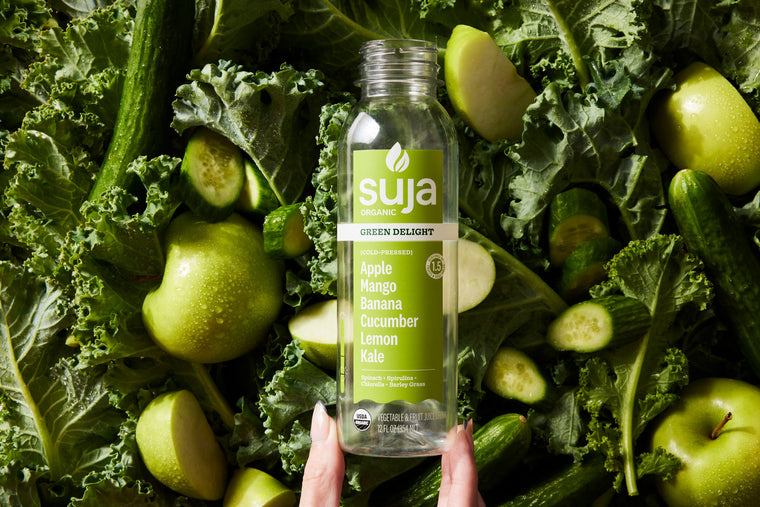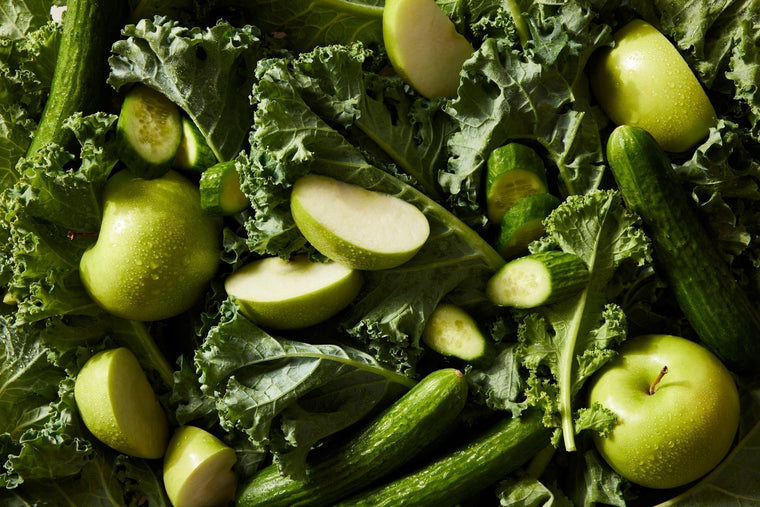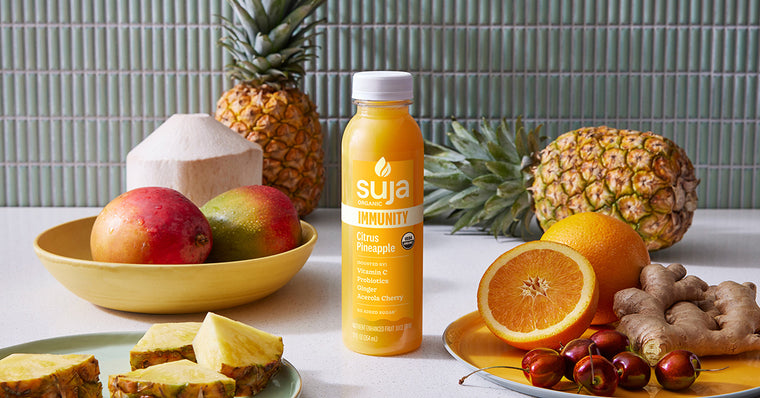 Not long ago vitamin D was considered important only for bone health. Today we know that vitamin D is a complex nutrient that affects much more than just bones. While vitamin D does enhance calcium to maintain bone health, hundreds of published studies show that it may also help prevent autoimmune diseases like type 1 diabetes, multiple sclerosis and rheumatoid arthritis. And vitamin D is linked to enhanced muscular strength and athletic performance and may even play a role in weight management. (1)
Vitamin D is a unique nutrient. Unlike other vitamins, our bodies have the ability to make our entire requirement from sunlight. But sunlight is not necessarily a reliable source. In fact seasonal variations in vitamin D status are well documented. A recent University of California-Irvine and Mayo Clinic study found that serum vitamin D levels are highest in August and lowest in February. From November through March, the lack of UVB rays in the Northern Hemisphere means we can’t produce vitamin D from sun exposure to our skin. (1)
Vitamin D is one of the hardest nutrients to obtain through food alone, because relatively few foods contain high amounts of the nutrient. Natural vitamin D boosting foods include cod liver oil, fatty fish, egg yolks, liver and mushrooms. Some 90-95% of the vitamin D in the body comes from UVB rays that we convert in the skin to the nutrient. From November-March, fortified foods and supplements become increasingly necessary to obtain optimal amounts of vitamin D in your diet. A study from The Journal of Nutrition reported that more than 90% of U.S. adults fail to meet the recommended intakes from diet alone. (2)
Not long ago vitamin D was considered important only for bone health. Today we know that vitamin D is a complex nutrient that affects much more than just bones. While vitamin D does enhance calcium to maintain bone health, hundreds of published studies show that it may also help prevent autoimmune diseases like type 1 diabetes, multiple sclerosis and rheumatoid arthritis. And vitamin D is linked to enhanced muscular strength and athletic performance and may even play a role in weight management. (1)
Vitamin D is a unique nutrient. Unlike other vitamins, our bodies have the ability to make our entire requirement from sunlight. But sunlight is not necessarily a reliable source. In fact seasonal variations in vitamin D status are well documented. A recent University of California-Irvine and Mayo Clinic study found that serum vitamin D levels are highest in August and lowest in February. From November through March, the lack of UVB rays in the Northern Hemisphere means we can’t produce vitamin D from sun exposure to our skin. (1)
Vitamin D is one of the hardest nutrients to obtain through food alone, because relatively few foods contain high amounts of the nutrient. Natural vitamin D boosting foods include cod liver oil, fatty fish, egg yolks, liver and mushrooms. Some 90-95% of the vitamin D in the body comes from UVB rays that we convert in the skin to the nutrient. From November-March, fortified foods and supplements become increasingly necessary to obtain optimal amounts of vitamin D in your diet. A study from The Journal of Nutrition reported that more than 90% of U.S. adults fail to meet the recommended intakes from diet alone. (2)
Food Sources of Vitamin D
- 3 oz wild salmon, 800 IU
- 3 oz sockeye salmon, 450 IU
- 3 oz canned tuna, 154 IU
- 1 large egg yolk, 40 IU
- 1 cup Vitamin D Fortified Milk, 100 IU
- 3 oz swiss cheese, 18 IU
- 1 large egg yolk, 40 IU
- 3 oz portabello mushrooms 400 IU
How Much Vitamin D is Enough?
It’s hard to determine exactly how much vitamin D is needed from food or supplements because sunshine provides the bulk our vitamin D from April-August. However, dark-skinned individuals, sunscreens, air pollution and other factors all negatively affect the body’s ability to produce vitamin D. According to the Office of Dietary Supplements of the National Institutes of Health, the key is to get enough vitamin D through sensible sun exposure, diet and supplements to maintain an ideal blood level of at least 30 nm/L of 25-hydroxyvitaminD. (3) The Institute of Medicine recommends 600 IU per day for adults (800 IU for those 70 and over) and an upper limit of 4,000 IU per day, The Endocrine Society’s expert panel recommends 600-1,000 IU per day and a tolerable upper limit of 10,000 IU/day. Dr. Holick and many other vitamin D experts recommend 2,000 IU per day. Since you’re probably getting less than 600 IU per day right now, try incorporating more vitamin D-enriched foods into your diet to get at least 600 IU per day. Then, consider a vitamin D3 supplement if you live north of the 33 degrees latitude. (3) Cheers, Suja Juice
SOURCES
- "Calcium, Vitamin D, and K2 Are Essential for Bone Health." Mercola.com. Mercola Inc, 3 July 2013. http://fitness.mercola.com/sites/fitness/archive/2013/07/05/bone-health.aspx
- Gregor, Micheal. "Don’t Forget Fiber | NutritionFacts.org." Nutrition Facts.org. Nutrition Facts Inc., 15 Feb. 2015. http://nutritionfacts.org/2015/02/19/dont-forget-fiber/
- "Vitamin D and Your Bones." Vitamin D and Your Bones. NYSOPEP Resource Center, 1 Mar. 1991. Web. 25 Oct. 2015. https://www.health.ny.gov/publications/1991/index.htm













